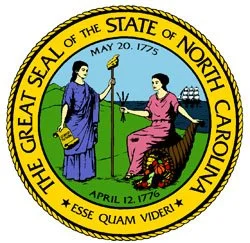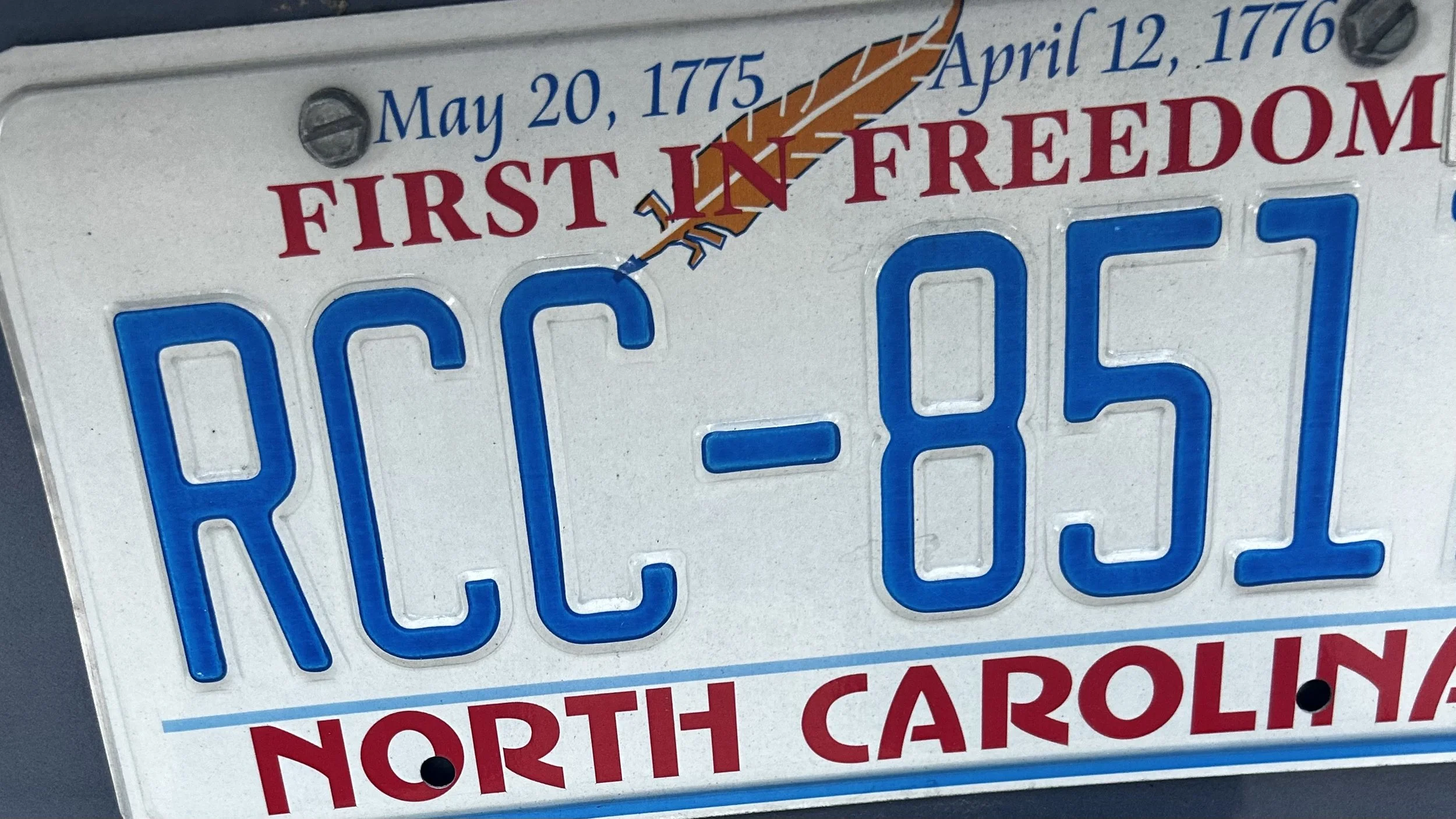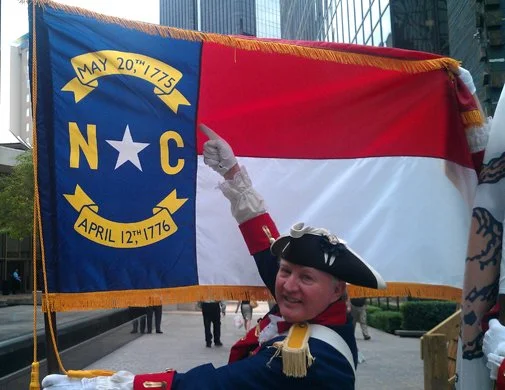NC: First in Freedom… and Last to Correct Mistakes
Ask a North Carolina native to tell you a few cool things about their state and you can count on one of them being this: 250 years ago this month, we declared independence before it was trendy, and long before those Philadelphia freedom folks got around to it.
Here’s what I learned from Mrs. Clark (“Mrs.” was the name of all my elementary school teachers) in 4th grade at Alderman Elementary School in Wilmington. On May 20, 1775, after an all-night meeting in Mecklenburg County to discuss how to respond to the first fighting between colonists and British troops, a group of bold North Carolina patriots passed a resolution declaring that “the British Crown” had “wantonly trampled on our rights and liberties and inhumanly shed the innocent blood of American patriots at Lexington.” But that wasn’t the biggest thing. The Mecklenburg group also declared themselves “a free and independent people” and pledged their lives and fortunes to fan the “fire of freedom throughout America.”
It's an inspiring story, right? If that meeting happened and that resolution passed, it means that, more than 13 months before Thomas Jefferson and John Hancock put their John Hancocks on what everyone else called the Declaration of Independence, a group of North Carolinians had already declared independence and put their necks on the line for freedom.
Except it is almost certainly not true.
There was no reporting of such a declaration at the time. If it had been known, it almost certainly would have triggered a crackdown by British authorities. There was none.
In fact, the first publication of the “text” quoted above came 44 years later, when Joseph Alexander published it in the Raleigh Register and North Carolina Gazette. In the article, Alexander claimed that after the declaration passed on May 20, it was sent to the Continental Congress meeting in Philadelphia for approval. According to Alexander, the North Carolina delegation refused to introduce it, believing it premature, and nothing further happened with the document until it was destroyed by a fire in 1800. The text of the “declaration” in the article was based on the recollections of Alexander’s father, who had been, he said, the clerk at the meeting and was among the 28 or so signers of the document.
One of several attempts to recreate the lost text of the supposed declaration. All came 44 or more years after 1775.
It didn’t take long for the credibility of the story to fall apart.
When John Adams asked him about the 1819 article, Thomas Jefferson responded that he had never heard of it, and noted that in the years since the supposed signing, no participants or historians of the American Revolution had mentioned it. So John Adams declared it “a fiction.”
Researchers discovered that there were resolutions, the “Mecklenburg Resolves,” passed at the time in Mecklenburg County that condemned the British government, but they came on May 31, 1775, used very different language than the supposed May 20 declaration and, notably, did not call for independence.
“Eyewitness” testimony from some of the alleged signers, asked about it more than fifty years later, was determined to be based on confusion with the Resolves.
A “1775” publication mentioning the declaration that was “discovered” in 1906 was determined to be a hoax.
Scholarly works, one in 1853, another in 1907, and an even-handed review by Samuel Ashe (in his History of North Carolina in 1908), all looked at evidence and determined there was no separate “Mecklenburg Declaration.”
Further reviews in 1916, 1960 and 1998 came to the same conclusion.
None of that stopped North Carolina legislators from celebrating the so-called “Meck Dec.”
By 1825, the first celebration of the day was held in Mecklenburg County.
In 1861, then again in 1885 and as recently as 1991, the state voted to adopt an official state flag with the date sewn in.
In 1881 the state legislature declared May 20 an official state holiday.
After the publication of Ashe’s debunking work in 1908, the General Assembly issued basically a gag order, refusing to allow public schools to purchase The History of North Carolina or teach it in a classroom.
In 1912 a tablet commemorating the declaration was placed in the center of the State Capitol Building.
In 1975, then again in 2015, the state began issuing license plates with the date on them.
And in 1983, the General Assembly added the date to the official state seal.
I wonder if the women are rolling their eyes about the date above their heads?
As the Pulitzer Prize-winning historian Allan Nevins noted in 1938: “Legends often become a point of faith. At one time the State of North Carolina made it compulsory for the public schools to teach that Mecklenburg County had adopted a Declaration of Independence on May 20, 1775 – to teach what had been clearly demonstrated an untruth.”
I don’t know if Mrs. Clark was still compelled to teach the gospel of the Mecklenburg Declaration in the 1960’s, but she did. And, decades later, long past the time we should have known better, the state still brandishes seals, salutes flags and cranks out license plates with a fictitious date on them.
Only one of these dates on the license plate the state sent me has anything to do with freedom.
Once we fall in love with our legends, they become part of our identity. it’s hard to resist doubling and tripling down on them, even as the evidence mounts that they are wrong.
So we do whatever we can to lock them in. We build monuments to them, pass laws to protect them and try to silence those who question them. In some cases, we require people to teach them, even when we know better. Perpetuating this particular myth doesn’t bolster anyone’s faith in North Carolina’s greatness; if anything it makes them that much more cynical of institutions that need all the trust they can earn.
Let’s mark the end of an error — by removing the top date from our flag (photo from Wikipedia Commons).
There’s plenty to be proud of in North Carolina’s role in our nation’s founding. On April 12, 1776, North Carolina’s elected leaders undeniably passed the Halifax Resolves, becoming the first provincial congress to call for independence from Great Britain. So, for those keeping score at home, we’re still number 1. Let’s take the “W” for that. Then let’s make this month’s 250th anniversary of a non-event the end of an error – let’s remove May 20, 1775 from our flag, seal and our license plates.
-Leslie



